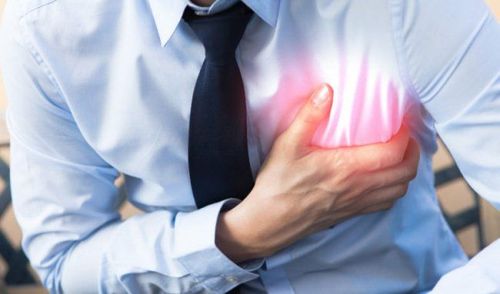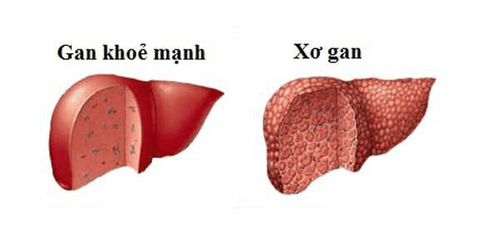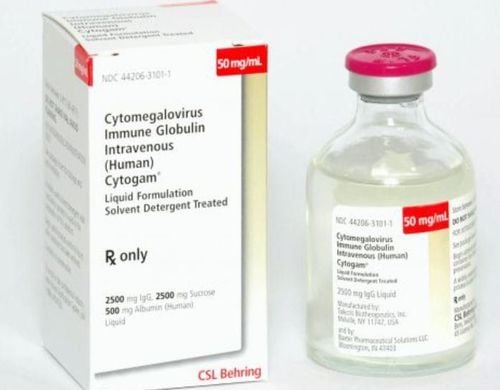This is an automatically translated article.
The article is professionally consulted by Master, Doctor Cao Thanh Tam - Cardiologist - Cardiovascular Center - Vinmec Central Park International General Hospital.A heart rate above 100 beats/minute is called tachycardia. Heart palpitations can be caused by many causes and leave dangerous complications. However, patients can still do things to reduce the heart rate when the heart is beating fast, such as regularly exercising, quitting smoking, resting, eating a lot of fish.
1. What is the resting heart rate?
The resting heart rate is the number of times the heart beats per minute at rest. For adults, the normal range is between 60-100 beats per minute.Resting heart rate varies from person to person, depending on:
Age Level of Wellness Pathology Medicines Body size Emotions, outside temperature and humidity.
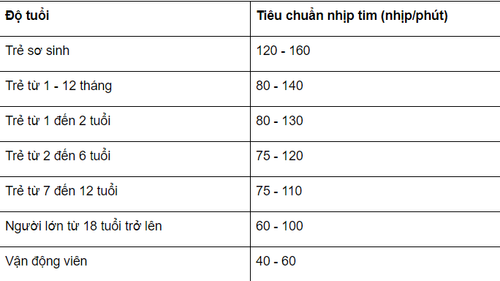
Trắc nghiệm: Nhịp tim “nhảy nhót” thế nào?
Trong cuộc sống hằng ngày tình trạng rối loạn nhịp tim có thể xuất hiện khi bạn có rối loạn tâm lý, lao động quá sức, căng thẳng, stress, hay sử dụng một số chất kích thích như uống rượu, chè, coffee, hút thuốc lá… 9 câu hỏi dưới đây sẽ giúp bạn kiểm tra kiến thức về tình trạng rối loạn nhịp tim thường gặp.
Bài dịch từ: webmd.com
On the contrary, when at rest, the heart rate is still high which means the heart still has to work harder to pump blood. If your heart rate exceeds 100 beats per minute at rest, you should see a doctor because persistently high heart rate increases the risk of cardiovascular disease.
If your resting heart rate is consistently below 60 beats per minute, you should seek medical attention, especially if you feel dizzy or short of breath.
2. How to measure heart rate
The best times to measure your heart rate are in the morning, before you get out of bed, and before you have your morning coffee or tea.Heart rate can be checked at the wrist. Gently place the 2nd and 3rd fingers of one hand on the inside of the other wrist, below the base of the thumb. You should feel the pulse under your fingertips, counting the number of beats per minute. Repeat to ensure accuracy.
3. How to lower your heart rate at home
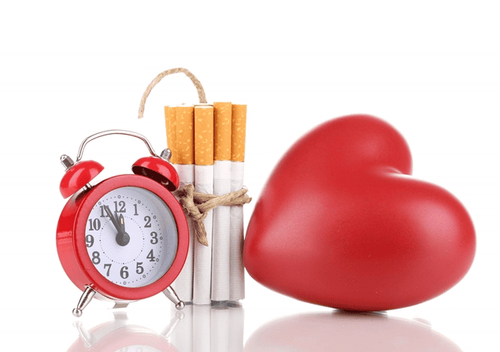
Exercise: Physical activity helps train the heart to work more efficiently, helping to reduce the resting heart rate. There are many options for you to get a cardio workout like walking, biking or yoga class. Quit Smoking: Smoking makes the arteries and veins smaller which leads to a higher heart rate. Relaxation: Stress can cause hormones like adrenaline and cortisol to rise in the blood causing an increase in heart rate. Meditation and yoga can help reduce stress levels. In the long term, they can also lower your resting heart rate. Eat more fish: A healthy diet is the cornerstone of heart health. In addition to vegetables rich in vitamins and minerals, add fish to your menu. Eating fish regularly can help lower your heart rate. In addition, you can also take other measures such as:
Cut back on coffee or alcohol Close your eyes and gently press on the eyeball Perform the Valsalva maneuver.
4. How to reduce the heart rate when the heart beats suddenly?
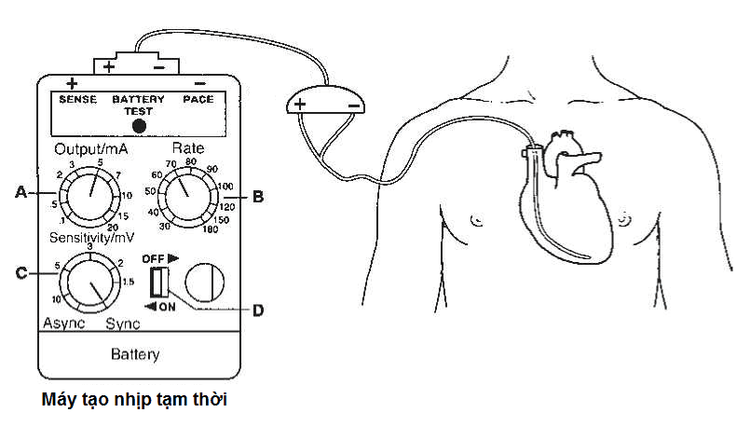
Hold your nose and exhale through your mouth, slap your ears while on an airplane, soak your face in ice water for a few seconds or cough vigorously . Medications: Medications are prescribed to help treat an irregular heart rhythm. Beta-blockers can help prevent relapses. Pacemaker: A pacemaker is a device that can sense a fast heartbeat. When it does, it sends an electrical signal and helps the heart return to normal. The device is implanted under the skin or in the heart chamber. Cardiac ablation (RF): Performed when the cause of the increased heart rate is an accessory electrical pathway in the heart. RF is done to make the auxiliary circuit no longer send signals. It doesn't require surgery, it's only done when oral medications don't work. There are many ways to lower your heart rate, such as maintaining proper nutrition and physical activity. If in this case, the heart rhythm symptoms do not return to a normal state, the patient needs to apply measures that a cardiologist recommends such as using drugs, pacemakers, ... In addition, regular health check-ups and screening for cardiovascular disease are also very important. However, to achieve the highest efficiency, patients need to choose reputable examination and treatment facilities.

A team of highly qualified and experienced specialists: qualified doctors from Master's to Professor's and Doctor's degrees, reputable in medical treatment, surgery, interventional cardiac catheterization. Intensive training at home & abroad. In particular, Prof. TS.BS Vo Thanh Nhan - Cardiology Director of Vinmec Central Park was recognized as the first and only expert in Vietnam to be awarded the "Proctor" certificate on TAVI. State-of-the-art equipment, comparable to major hospitals in the world: The most modern operating room in the world; The most modern silent magnetic resonance imaging machine in Southeast Asia; The CT machine has a super-fast scanning speed of only 0.275s/round without the use of drugs to lower the heart rate; The 16-sequence PET/CT and SPECT/CT systems help detect damage to the cardiovascular organs early even when there are no symptoms of the disease. Applying the most advanced advanced cardiovascular techniques in the world in treatment: Painless open heart surgery; Percutaneous aortic intervention without general anesthesia; Treatment of mitral regurgitation through the catheter has a success rate of 95%; Ventricular-assisted artificial heart transplantation for patients with end-stage heart failure prolongs quality of life beyond 7 years. Cooperating with leading cardiovascular centers in Vietnam and the world such as: National Heart Institute, Cardiology Department of Hanoi Medical University, University of Paris Descartes - Georges Pompidou Hospital (France), University of Pennsylvania (France), University of Pennsylvania (France), University of Pennsylvania (France). United States)... with the aim of updating the most modern cardiovascular treatments in the world.
Please dial HOTLINE for more information or register for an appointment HERE. Download MyVinmec app to make appointments faster and to manage your bookings easily.
Reference source: webmd.com





